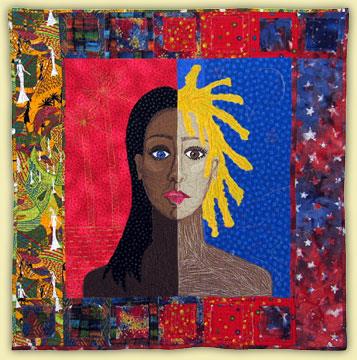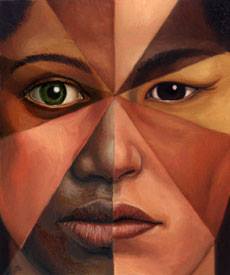Blog
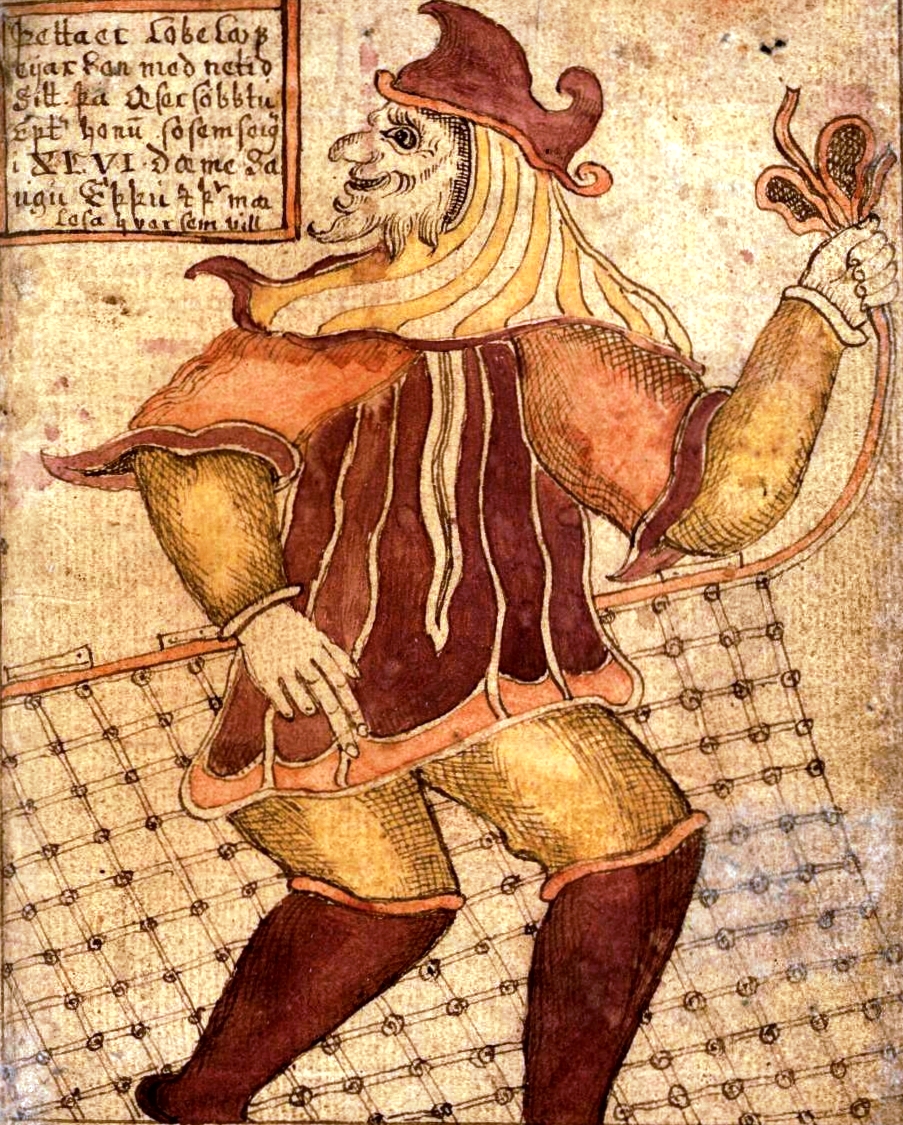
Created with The GIMP
more...
An intriguing pair of interacting galaxies, M51 is the 51st entry in Charles Messier’s famous catalog. Perhaps the original spiral nebula, the large galaxy with whirlpool-like spiral structure seen nearly face-on is also cataloged as NGC 5194. Its spiral arms and dust lanes sweep in front of its smaller companion galaxy, NGC 5195. Some 31 million light-years distant, within the boundaries of the well-trained constellation Canes Venatici, M51 looks faint and fuzzy to the eye in direct telescopic views. But this remarkably deep imageshows off stunning details of the galaxy pair’s striking colors and fainter tidal streams. The image includes extensive narrowband data to highlight a vast reddish cloud of ionized hydrogen gas recently discovered in the M51 system and known to some as the H-alpha cliffs. Foreground dust clouds in the Milky Way and distant background galaxies are captured in the wide-field view. A continuing collaboration of astro-imagers using telescopes on planet Earth assembled over 3 weeks of exposure time to create this evolving portrait of M51.
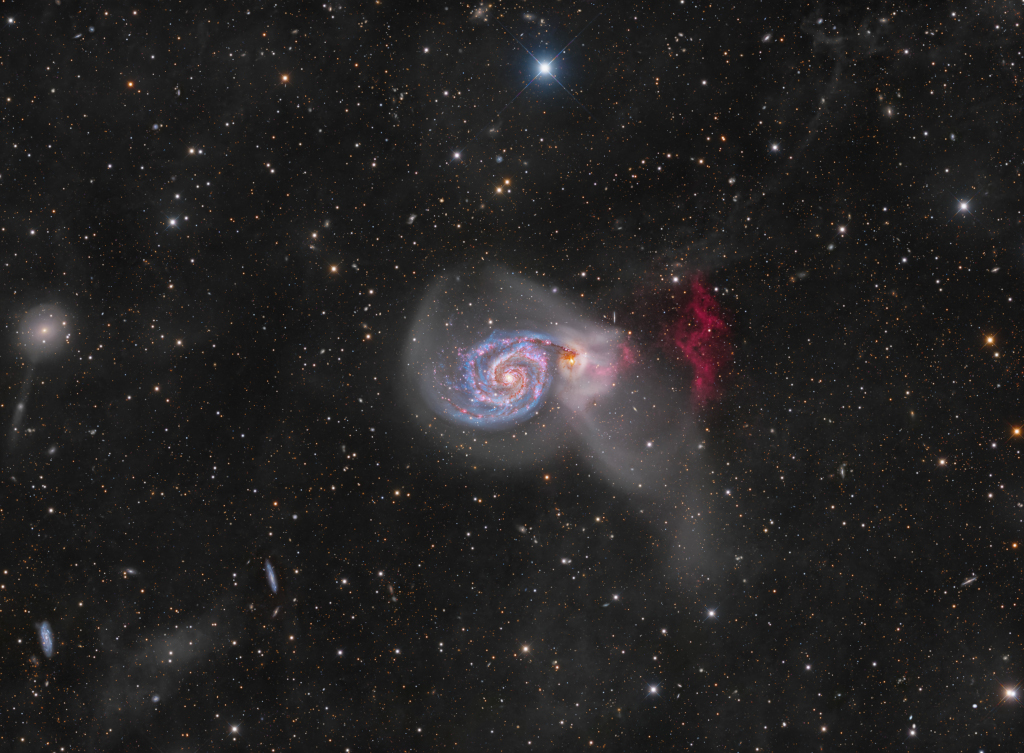
more...
Joseph Lucian Messina (December 13, 1928 – April 4, 2022) was an American guitarist. Dubbed the “white brother with soul“, he was one of the most prolific guitarists in Motown Records‘ in-house studio band, the Funk Brothers.
Messina was born in Detroit on December 13, 1928. He started playing the guitarwhen he was thirteen, after his father purchased one for him. Messina initially attended Central High School in his hometown, before studying music at Cass Technical High School. He eventually dropped out to focus on becoming a professional musician.
Messina first played in jazz clubs in Detroit starting in the late 1940s. By his mid-twenties, he was playing in the ABC Television studio band, accompanying such guests as Sonny Stitt, Charlie Parker, Stan Getz, Jack Teagarden, Lee Konitz, Jimmy Giuffre, Pepper Adams, Donald Byrd, Frank Rosolino, and Dizzy Gillespie. Also while at ABC, Messina played on The Soupy Sales Show, alongside guests such as Miles Davis and Charlie Parker.
more...Benjamin M. Tucker (December 13, 1930 – June 4, 2013) was an American jazz bassist who appeared on hundreds of recordings. Tucker played on albums by Art Pepper, Billy Taylor, Quincy Jones, Grant Green, Dexter Gordon, Hank Crawford, Junior Mance, and Herbie Mann.
He was born in Tennessee. As bass player in the Dave Bailey Quintet in 1961, he wrote the instrumental version of the song “Comin’ Home Baby!“, first issued on the album Two Feet in the Gutter. Bob Dorough later wrote a lyric to the song, and the vocal version became a Top 40 hit for jazz singer Mel Tormé in 1962.
Tucker released the album Baby, You Should Know It (Ava, 1963) with Victor Feldman, Larry Bunker, Bobby Thomas, Ray Crawford, Tommy Tedesco, and Carlos “Patato” Valdes.
By 1972, Tucker owned two radio stations, WSOK-AM, which had over 400,000 listeners, and WLVH-FM. Both of these were located in his hometown of Savannah, Georgia. During the 1990s he owned a jazz bar in Savannah called Hard Hearted Hannah’s.
He died in a traffic collision in Hutchinson Island, Georgia, on June 4, 2013.
more...William Alexander “Sonny” Greer (December 13, c. 1895 – March 23, 1982) was an American jazz drummer and vocalist, best known for his work with Duke Ellington. Greer was born in Long Branch, New Jersey.
Greer started his career in his mid-teens when he began playing at resort hotels along the Jersey Shore with local orchestras. After a performance in the Plaza Hotel, he received an invitation to appear in Washington, D.C. with the Howard Theatre where he played for three years until he met Duke Ellington. Greer was balancing his commitments with Ellington and the Howard Theatre until the mid-1920s when he worked exclusively with Ellington.
Greer was Ellington’s first drummer, playing with his quintet, the Washingtonians, and moved with Ellington into the Cotton Club. As a result of his job as a designer with the Leedy Drum Company of Indiana, Greer was able to build up a huge drum kit worth over a then-considerable $3,000, including chimes, a gong, timpani, and vibes.
Greer was constantly on tour with the Ellington Orchestra and was there for its rise to fame in the 1930s and 1940s. Greer took the spotlight during the performances as the organization of his drum set drew the audience’s eyes. Music critic for the New York Times, John S. Wilson, wrote that Greer was “enthroned on a stand on which he was surrounded by a glittering array of paraphernalia.”Wilson continues to write that this included instruments such as chimes, tom-toms, snare drums, bass drums, and a gong that was “set up in back of him as though to form a massive halo.”
more...Carlos García Montoya (13 December 1903 – 3 March 1993) born in Madrid, Spain, was a prominent flamenco guitarist and a founder of the modern-day popular flamenco style of music. He was the nephew of renowned flamenco guitarist Ramón Montoya. He first learned from his mother, “la Tula”, and then from a neighboring barber, Pepe el Barbero, i.e. Pepe the Barber. After one year Montoya had completed what Pepe was able to teach him. Carlos left to learn what he could from other flamenco guitarists of the time. At fourteen he was playing in the “cafes cantantes,” in the heyday of flamenco singing and dancing, for such artists as Antonio de Bilbao, Juan el Estampío, La Macarrona and La Camisona in Madrid, Spain.
more...Perhaps the most famous star cluster on the sky, the bright stars of the Pleiades can be seen with the unaided eye even from the depths of a light-polluted city. With a long exposure from a dark location, though, the dust cloud surrounding the Pleiades star cluster becomes very evident. The featured 23-hour exposure, taken from Fagagna, Italy covers a sky area several times the size of the full moon. Also known as the Seven Sisters and M45, the Pleiades lies about 400 light years away toward the constellation of the Bull (Taurus). A common legend with a modern twist is that one of the brighter stars faded since the cluster was named, leaving only six of the sister stars visible to the unaided eye. The actual number of Pleiades stars visible, however, may be more or less than seven, depending on the darkness of the surrounding sky and the clarity of the observer’s eyesight.
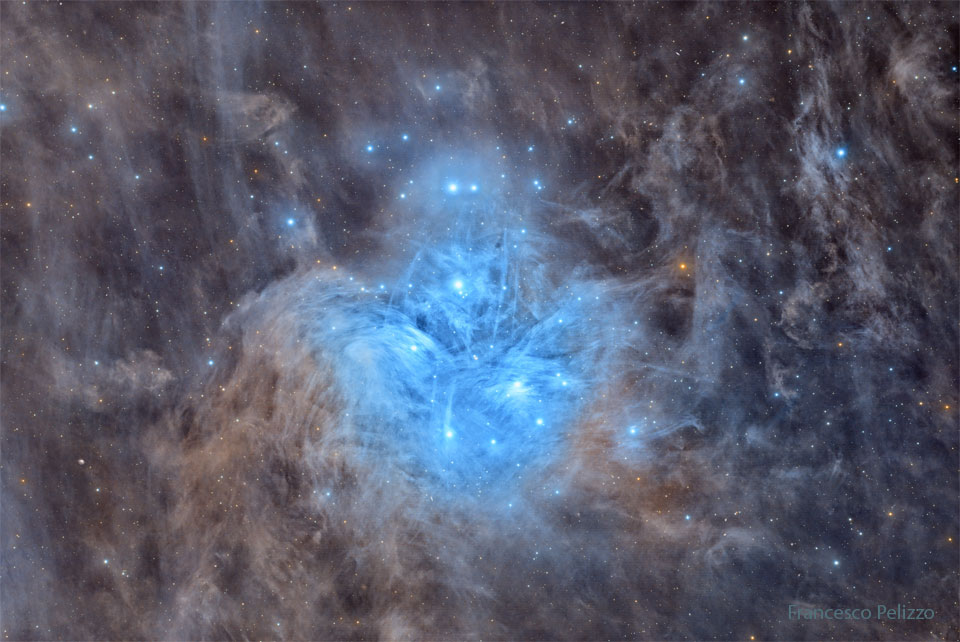
Alejandro Neciosup Acuña (born December 12, 1944), known professionally as
Alex Acuña, is a Peruvian–American jazz drummer and percussionist. He has also worked as an educator at University of California, Los Angeles, and Berklee College of Music. LAMA, Musicians Institute, USC, CSUN.
Born in Pativilca, Peru, Acuña played in local bands such as La Orquesta de los Hermanos Neciosup from the age of ten. Acuña then followed his brothers and moved to Lima as a teenager. At the age of eighteen he joined the band of Perez Prado, and in 1965 he moved to San Juan, Puerto Rico. In 1974 Acuña moved to Las Vegas, working with artists such as Elvis Presley, The Temptations, and Diana Ross, and the following year he joined the jazz-fusion group Weather Report, appearing on the albums Black Market and Heavy Weather. While in New York City, Acuña recorded several songs under RCA records. Acuña decided to leave because of the genre limitations placed on him, in which RCA records only had him play Latin music.
more...Forrest Richard Betts (December 12, 1943 – April 18, 2024 West Palm Beach, FL) was an American guitarist, singer, and songwriter. He was best known as a longtime member of the Allman Brothers Band. A co-founder of the band when it formed in 1969, he was central to the group’s greatest commercial success in the mid-1970s, and was the writer and vocalist on the Allmans’ hit single “Ramblin’ Man“. The Allman Brothers Band broke up and re-formed twice, always with Betts in the lineup, until he left the band in 2000.
Starting in 1974, Betts also fronted his own bands, performing concerts and recording records. He released albums as Dickey Betts and Great Southern, the Dickey Betts Band, and under his own name.
more...
Emmanuel N’Djoké “Manu” Dibango (12 December 1933 – 24 March 2020) was a Cameroonianmusician and songwriter who played saxophone and vibraphone. He developed a musical style fusing jazz, funk, and traditional Cameroonian music. His father was a member of the Yabassi ethnic group, while his mother was a Duala. He was best known for his 1972 single “Soul Makossa“. The song has been referred to as the most sampled African song in addition Dibango, himself, as the most sampled African musician in history. He died from COVID-19 on 24 March 2020.
more...Anthony Tillmon Williams (December 12, 1945 – February 23, 1997) was an American jazz drummer. Williams first gained fame as a member of Miles Davis‘ “Second Great Quintet“, and later pioneered jazz fusion with Davis’ group and his own combo, the Tony Williams Lifetime. In 1970, music critic Robert Christgau described him as “probably the best drummer in the world.” Williams was inducted into the Modern Drummer Hall of Fame in 1986 and the Percussive Arts Society Hall of Fame in 1997.
Williams was born in Chicago, Illinois, and grew up in Boston, Massachusetts. He was of African, Portuguese, and Chinese descent. He studied with drummer Alan Dawson at the age of 11, and began playing professionally at the age of 13 with saxophonist Sam Rivers. Saxophonist Jackie McLean hired Williams when he was 16.
At 17, Williams gained attention by joining Miles Davis in what was later dubbed Davis’s Second Great Quintet. Williams was a vital element of the group, called by Davis in his autobiography “the center that the group’s sound revolved around.” His playing helped redefine the role of the jazz rhythm section through the use of polyrhythms and metric modulation. Meanwhile, he recorded his first two albums as a leader for the Blue Note label, Life Time (1964) and Spring (1965). He also recorded as a sideman for the label including the classics Out to Lunch! with Eric Dolphy and Point of Departure with Andrew Hill, both in 1964.
In 1969 Williams formed the Tony Williams Lifetime, with John McLaughlin on guitar and Larry Young on organ. Lifetime was a pioneering band of the fusion movement.
more...Toshiko Akiyoshi (秋吉敏子 or 穐吉敏子, Akiyoshi Toshiko, born 12 December 1929) is an American jazz pianist, composer, arranger, and bandleader.
Akiyoshi received fourteen Grammy Award nominations and was the first woman to win Best Arranger and Composer awards in Down Beat magazine’s annual Readers’ Poll. In 1984, she was the subject of the documentary Jazz Is My Native Language. In 1996, she published her autobiography, Life with Jazz, and in 2007 she was named an NEA Jazz Master by the U.S. National Endowment for the Arts.
more...Michael “Dodo” Marmarosa (December 12, 1925 – September 17, 2002) was an American jazz pianist, composer, and arranger.
Originating in Pittsburgh, Pennsylvania, Marmarosa became a professional musician in his mid-teens, and toured with several major big bands, including those led by Tommy Dorsey, Gene Krupa, and Artie Shawinto the mid-1940s. He moved to Los Angeles in 1945, where he became increasingly interested and involved in the emerging bebop scene. During his time on the West Coast, he recorded in small groups with leading bebop and swing musicians, including Howard McGhee, Charlie Parker, and Lester Young, as well as leading his own bands.
Marmarosa returned to Pittsburgh for health reasons in 1948. He began performing much less frequently, and had a presence only locally for around a decade. Friends and fellow musicians had commented from an early stage that Marmarosa was an unusual character. His mental stability was probably affected by being beaten into a coma when in his teens, by a short-lived marriage followed by permanent separation from his children, and by a traumatic period in the army. He made comeback recordings in the early 1960s, but soon retreated to Pittsburgh, where he played occasionally into the early 1970s. From then until his death three decades later, he lived with family and in veterans’ hospitals.
more...

